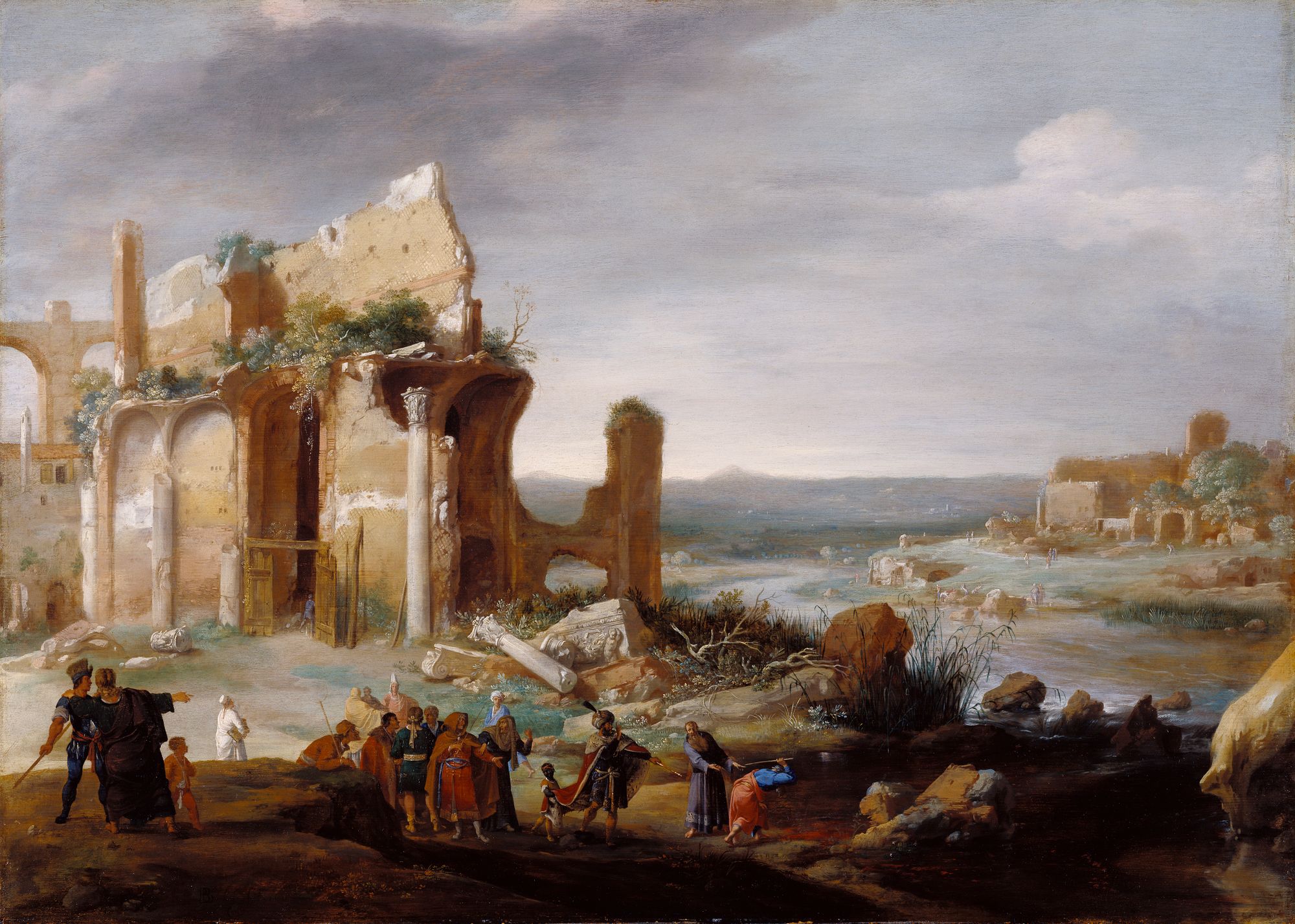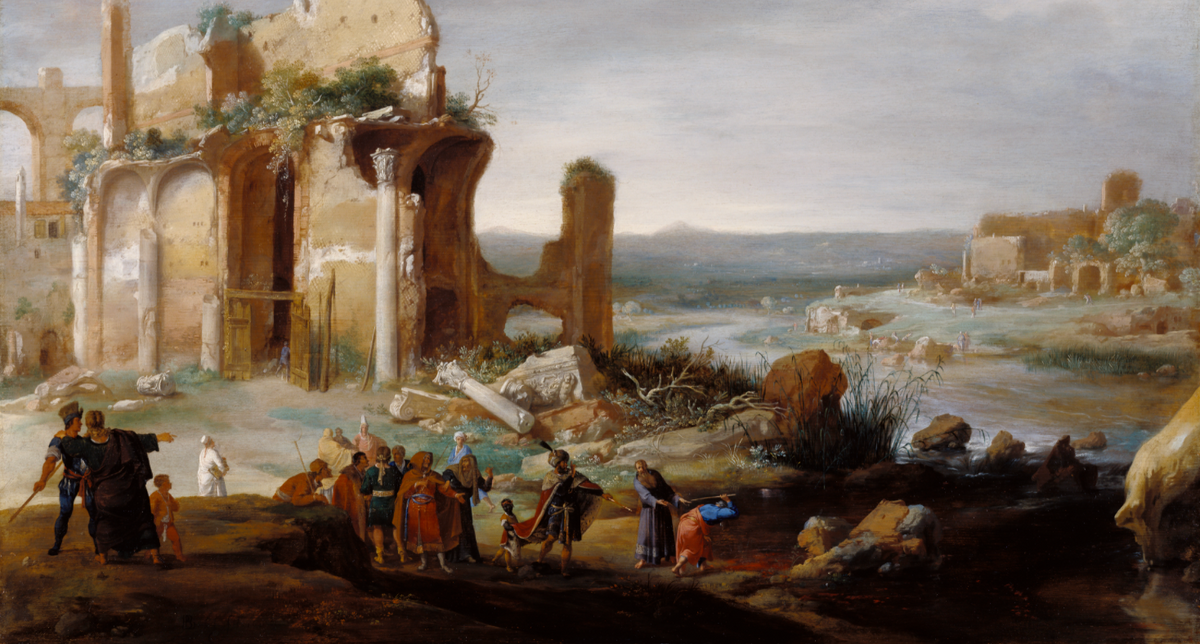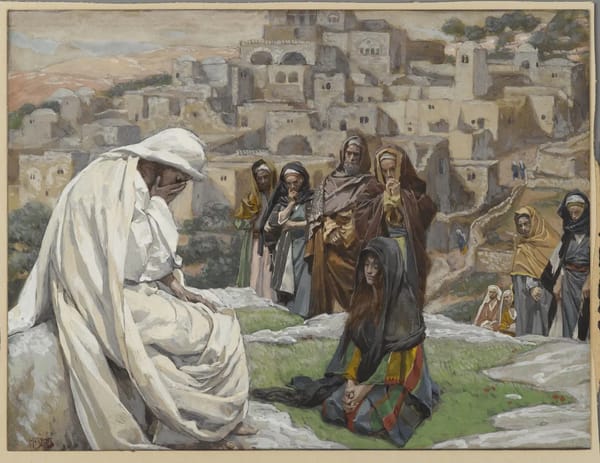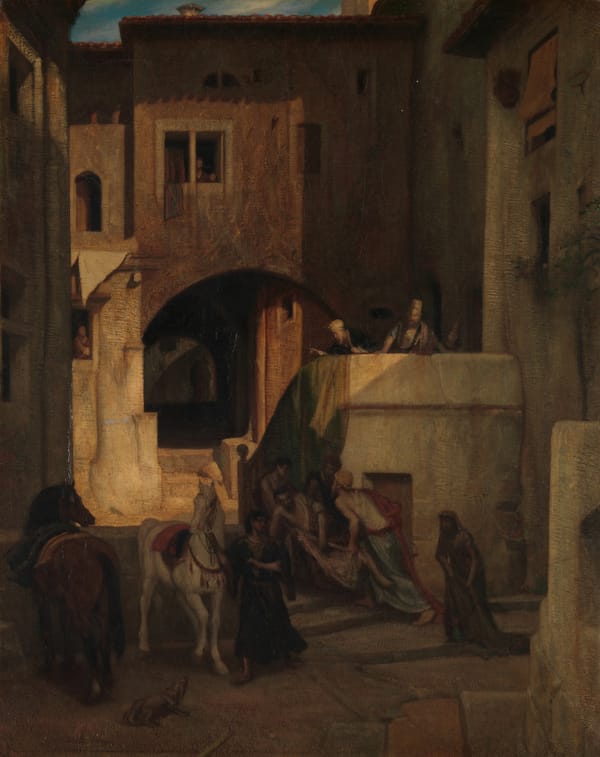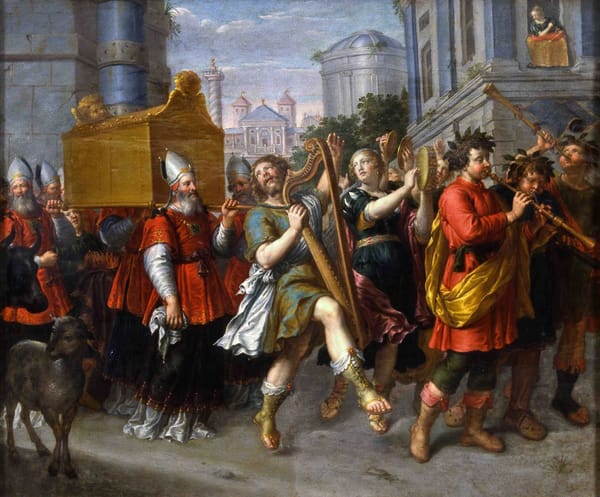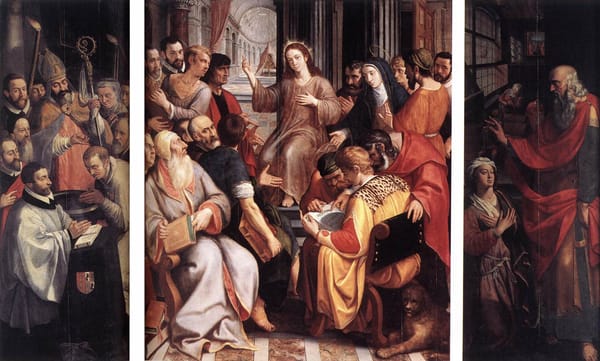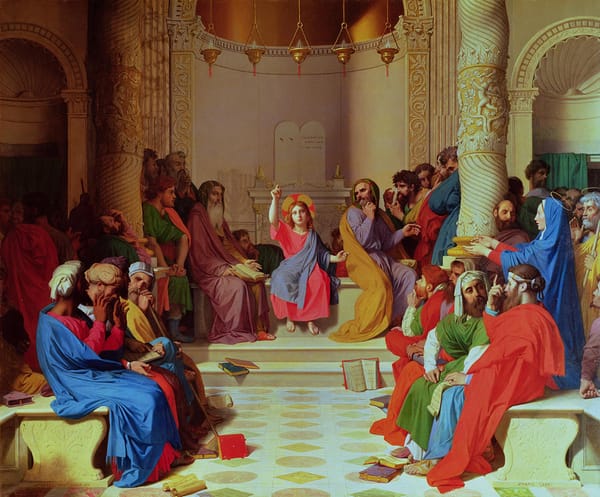Bartholomeus Breenbergh set the story of God's first plague against the Egyptians in a luminous, spacious Italian countryside, filled with romantic classical ruins inspired by examples he had studied in Rome. In a vast vista of space, the highlighted ruins stand starkly against the sky in the central ground. Using translucent layers of sensitive brushstrokes, Breenbergh masterfully fused figures and scenery, giving his imaginary setting a role equal to that of the narrative.
Despite their small size, the gestures of the figures in the foreground tell the story. In the center, Moses points toward Aaron, who stretches his rod and turns the Egyptian waters into blood in order to convince the pharaoh to permit the Israelites to leave Egypt. The pharaoh, wearing a Roman tunic, an Oriental turban, and European ermine-lined cape, observes in astonishment as the hideous miracle unfolds.
Dutch landscape painters often took their narrative subjects from the Old Testament, but they rarely depicted this incident.
Free Downloads Below
Hi-Res
1200px
800px
